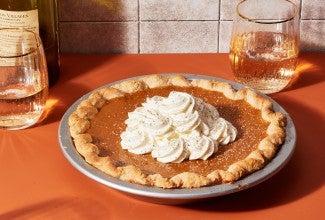The baking trials: From metal to glass to ceramic, how does your pie pan affect your crust?
Choosing the best pan for the best pie.
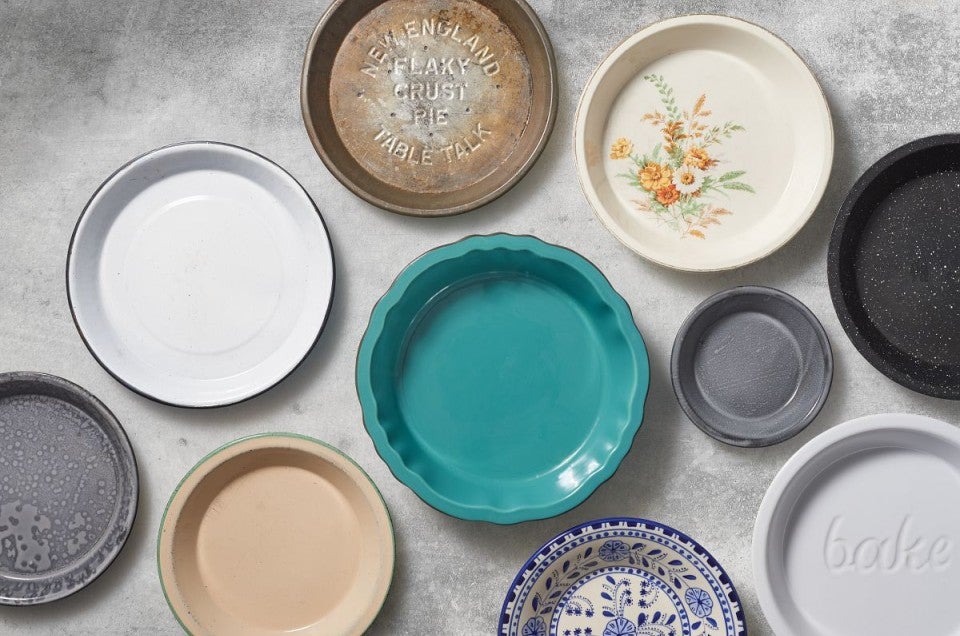

Baking is often about choices, and sometimes those choices can help you dial in your ideal bake. From selecting a certain cocoa for your chocolate cake to finding the cupcake decoration that feels both beautiful and achievable, bakers have a lot of agency beyond the strict confines of a recipe.
One such choice: The type of pan you use. The three primary materials you’ll find are glass, metal, and ceramic, and this topic is so important that we’ve already done a whole post with a general overview of how they perform in baking: Glass or metal or stoneware.
But what about pies? Can baking in a specific type of pan help you achieve a perfectly browned bottom, crispy and golden and not the least bit soggy? Let’s find out.
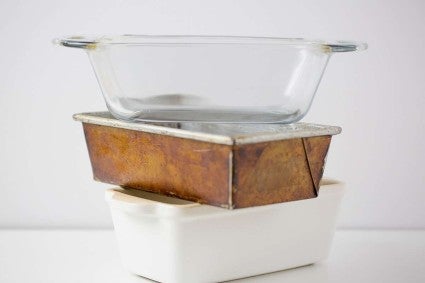
As Susan Reid recaps in her post, Glass or metal or stoneware, the biggest distinction between pans is heat transfer. Metal conducts heat the most efficiently — in other words, it gets hot the quickest and transfers heat evenly across the pan’s surface — which is why many professionals choose aluminum pans. (Another benefit: Metal pans withstand rapid temperature changes, meaning you can take your pie plate from the fridge to the oven without worrying about shattering.)
Glass, on the other hand, is an insulator. Because glass slows the flow of heat between the oven’s air and your dough, it takes more time to heat up than metal — meaning your dough takes longer to heat too. But once it’s hot, it retains that heat well, and it stays hot for longer than metal. For pie, there’s one more bonus: The clear material means you can visibly check how brown your crust is getting.
Ceramic pie pans are usually either stoneware or porcelain, and they can vary based on the material and how it’s made. They can also vary in thickness and thus heat transfer, so ultimate performance depends on which brand or maker you’re baking with. Overall, though, they tend to be slower to transfer heat than more efficient metal pans, though they retain heat well.
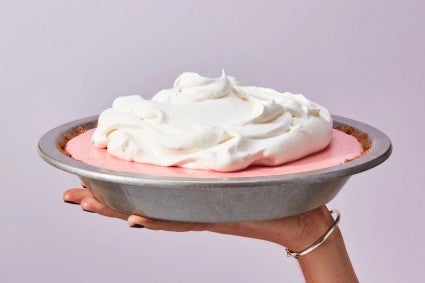
How these properties affect your baking often depends on the recipe you’re making. In pie, this primarily applies to the bottom crust. The ideal is a crust that cooks quickly and completely, even in a pie with juicy or liquid fillings. Let’s see how Pumpkin Pies made with All-Butter Pie Crust and baked in metal, glass, and ceramic pie plates compare.
Note: Some crusts — notably those with added sugar — will naturally brown better, regardless of pan type. Again, there are always many factors to balance when baking!
Though there were some slight variations among the pans (more below!), all of these pies ultimately turned out well. Their crusts mostly browned, and none were distressingly underbaked. This means that, no matter what kind of pan you currently have in your cupboard, you can still make good pie worthy of serving to friends and family.
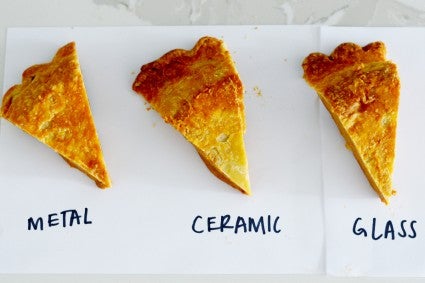
Of the three pies, the metal pan had the most even browning across the entire bottom crust. From the outer edge to the very center, the crust was golden brown and thoroughly baked. If I had my choice of pans, I’d go with an aluminum one like this.
While the ceramic-baked* crust was far from soggy, it had the least even browning of the three pies. The center of the pie was pale and slightly underbaked, which wasn’t ideal, while the outer edge had a nice deep brown color.
*I tested in a KOOV 9" ceramic pie plate.
The glass pan resulted in a bottom crust that was somewhat evenly browned, though there was more variance than the metal pan: The center was paler than the outer edge of the crust. That said, the glass-baked crust was darker than the metal-baked crust, which makes sense — glass retains heat longer than metal, so the crust was able to bake further. This is where being able to check your crust color using the clear material comes in handy, especially for fruit pies like apple that can bake for a long time without the filling being adversely affected.
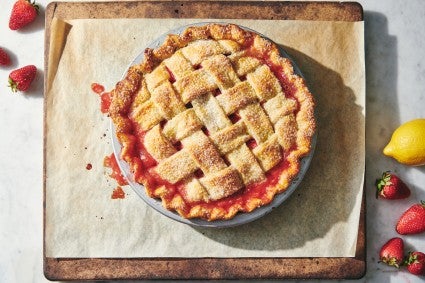
In a previous blog post, Susan Reid shared her go-to tip for baking pies without a soggy bottom: Bake them like a pizza.
More specifically, bake them on a preheated pizza stone or baking steel, which blasts the bottom with a big burst of heat to help the crust set before wet fillings can soak in and make them gummy. Using a metal pan is crucial, though, since it can withstand rapid temperature changes that glass or ceramic pans can’t.
For more pie tips, tricks, and techniques, see our Pie Skills blog posts.
Cover photo by John Sherman.
